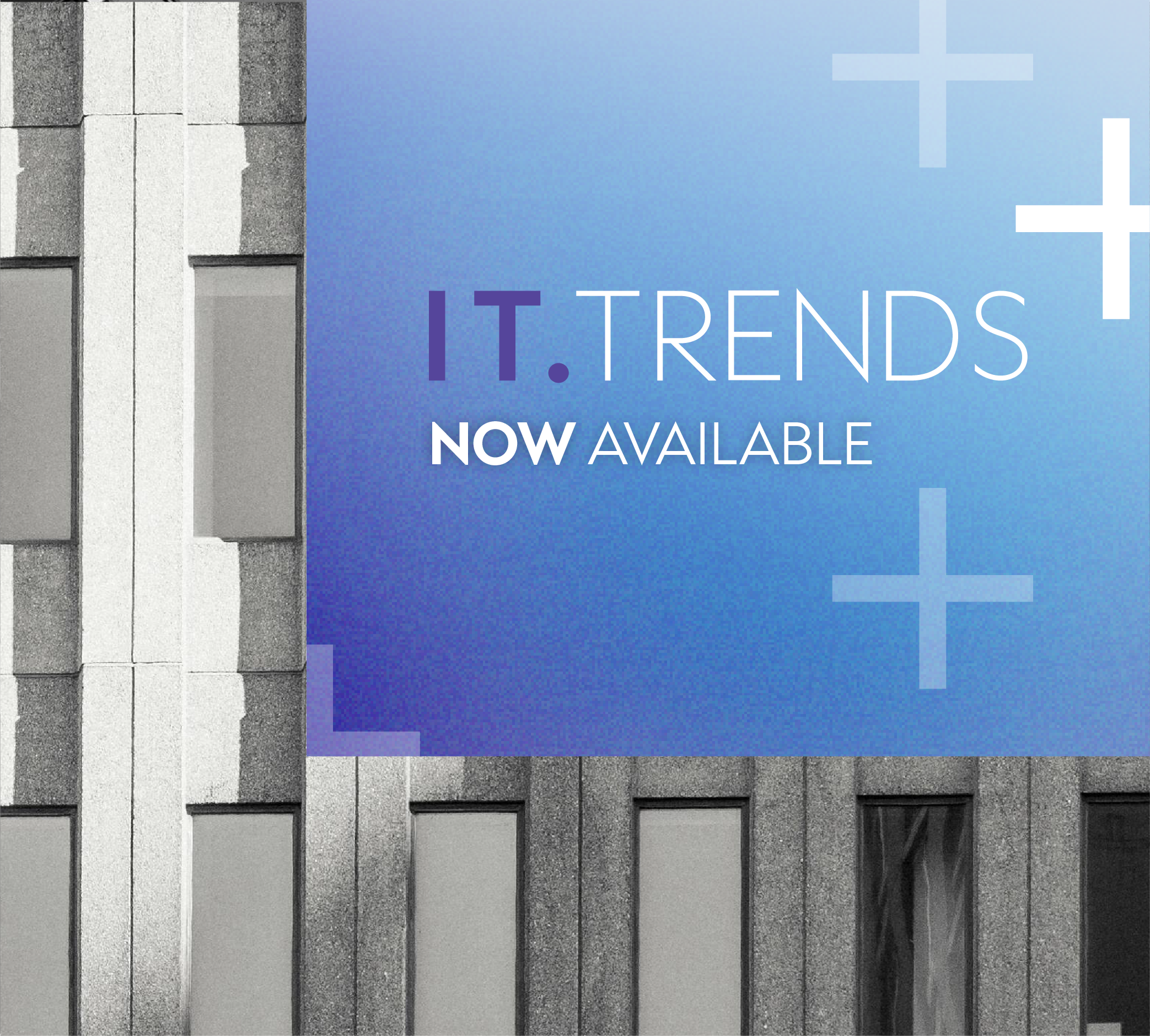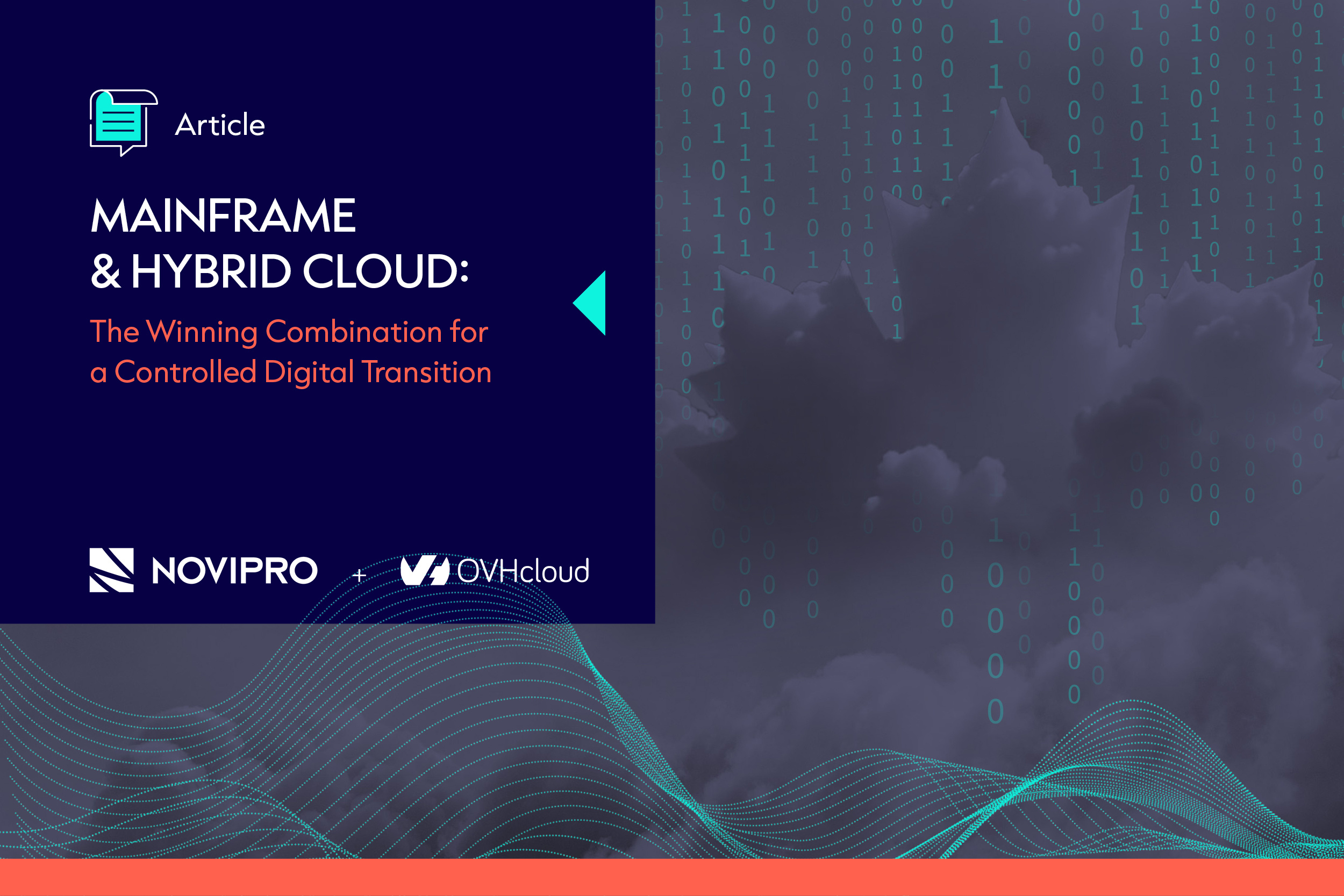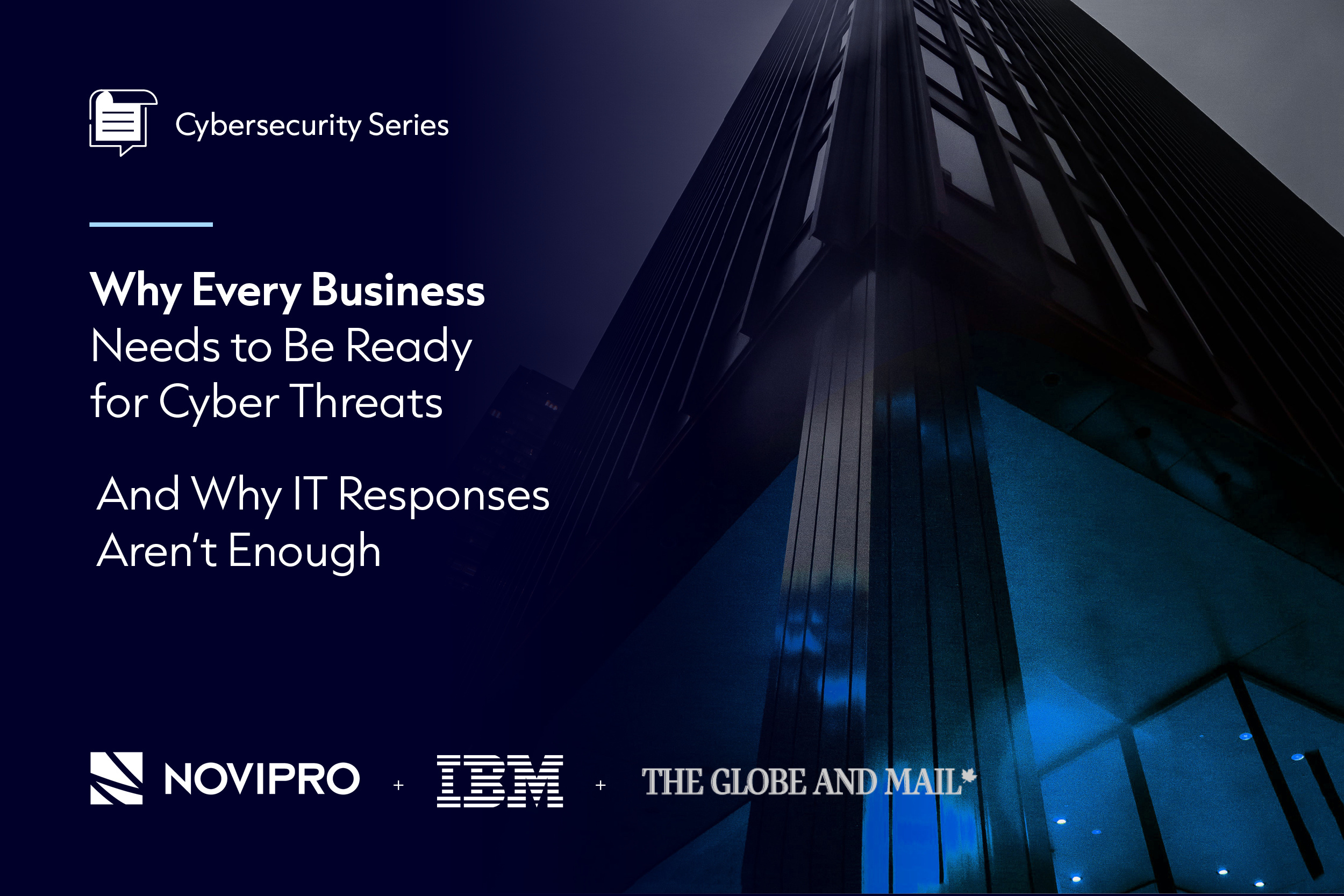The digital shift is ubiquitous, prompting more and more companies to shift their data, applications and sometimes even their IT infrastructure to the cloud. This isn’t a passing fancy—it’s a well-entrenched trend. Naturally, most companies will see pros and cons in making the switch. It’s best to weigh them out before making a decision.
Most IT managers in Canada (54%) see the cloud in their future, according to IT Trend Perceptions in Canadian Large and Medium-Sized Businesses, a report published by NOVIPRO and Léger. That even includes managers whose companies haven’t made the switch yet. Of them, 52% plan on transitioning to the cloud in the next two years. “Many businesses have concluded that the cloud is a winning solution from economic, technological and organizational standpoints,” said Yves Veillette, IT Architecture and Infrastructure Manager at E-SPACE, a subsidiary of NOVIPRO. “With the cloud, they gain on efficiency by providing access to additional resources (services, calculation capacity, software, storage) almost instantly—and without heavy investments in their IT infrastructure.”
That said, when debating whether or not to switch to the cloud, you also need to consider the company’s business needs, security issues, migration costs, personnel training, and any upgrades to the applications you already use. It’s a big decision that should be based on an in-depth analysis!
What is cloud computing?
Cloud computing means using delocalized IT services. The material (i.e., servers) and development platforms or applications (i.e., email, document sharing and editing) are offered by an external supplier and delivered to your company via the Internet or a dedicated link.
There are three main cloud categories:
- Public cloud: This is the most well-known model. With a public cloud, the data or applications are hosted in a data centre that is managed by an external supplier, like Amazon Web Services (AWS). The advantage of a public cloud is that it’s affordable and easy to use. The flipside is that the client has a bigger responsibility in keeping their data secure. It’s like renting a storage unit in a large public warehouse; there are safety features at the site, but since your stuff is in a high- traffic area, you wouldn’t want to keep your gold bars there!
- Private cloud: “This is a sandbox reserved for a single client,” says Veillette. And while you can’t fully eliminate the risk of a security breach, it’s much lower with a private cloud. “Instead of accessing your private cloud via the Internet, we would use a dedicated link connected directly to your network.” For companies whose systems have to meet regulatory requirements for data confidentiality (i.e., a list of client accounts), a private cloud is essential. In addition, private clouds offer more flexibility to meet your specific business needs.
- Hybrid cloud: Some companies don’t need a high level of security for all of their cloud services. For example, let’s say a company has an online product catalogue. Since this information is already public, it can be hosted on a public cloud. However, the payment processing system has to be hosted on a private cloud. Choosing a hybrid cloud solution allows the company to save money by putting only their most critical IT services on a private cloud.
It’s important for business executives and IT managers to weigh out the pros and cons of the various cloud solutions available. But your considerations shouldn’t stop there. The other articles in this series cover other key factors worth thinking about. These include security, how the cloud will impact your workforce, managing legacy systems and data governance principles. Make sure you read them all!








